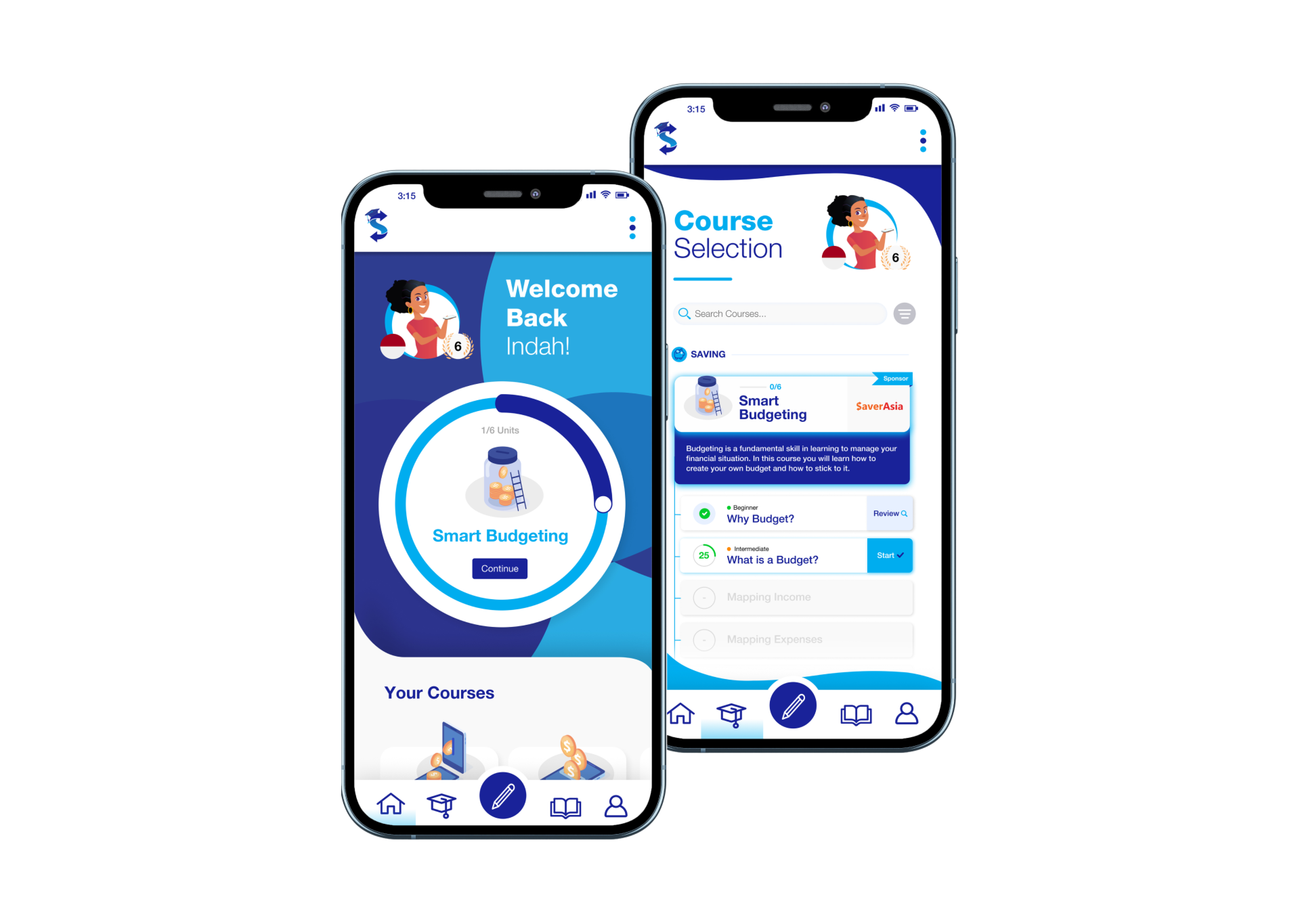A new answer to development questions
 Eden Conway
Eden Conway

A new answer to development questions
International development has taken several twists and turns in the last 50 years. It has formed and reformed its mission after both failures and successes. But if you’ve been listening to the discourse around international aid and development in recent years it tends to highlight the mistakes that have been made. It even seems to align with the idea that development is more neo-colonialism than genuine assistance. Container loads of teddy bears arriving at an overwhelmed port makes a scary news story and can influence the public discourse on the effectiveness of international aid – bring development along with it. Furthermore, the political narrative of protectionism is coming closer and closer to once again defining the international space by power. In a world that has international leaders wrestling for this power, there’s no space for lending a hand to lift someone else up. All these things lead me to say that many have lost faith in development. While development assistance remains quite high across the globe, politicians don’t want to talk about it. We are a world away from Ronald Reagan announcing a billion dollars to ‘help’ Africa. Many of the criticisms with international aid are legitimate, and yet it manages to adjust and continue. People continue to believe that we are part of an interconnected world and that more developed nations can and should support less developed ones. The question becomes HOW? How can international development assistance continue to raise countries up while avoiding the pitfalls of the past?
This article is designed to suggest an answer to that question.
The traditional approach which the international community has taken is to prioritise monitoring, evaluation and learning (or MEAL as it’s known in the industry). This is a great achievement. It is actively reducing the scale of your impact and revealing the flaws in your work so that future programs may benefit. It needs to be celebrated. In addition to this, is a tightening of program design and increased reporting with the intention of reducing the capacity for things to go wrong. These are wonderful outcomes but the trouble is that this kind of quality-assured development assistance is expensive and it restricts innovation. There is an alternative.
This alternative is an opportunity to foster innovation in development and scale existing interventions far beyond their standard reach. Please don’t hear this article suggesting a lack of accountability. It’s not. Instead, it is suggesting that the accountability should be in the hands of the beneficiaries. It just so happens that many new and upcoming technologies provide this opportunity. Building on the standard design of a social enterprise that maximises its impact by selling or delivering a product, many financial technologies have the opportunity to make an impact at scale through mobile devices around the world. Rates of smart phone use and internet access are continuing to rise and least developed economies are making significant investments in this area. People all around the world should have the opportunity to use “products” or “services” that assist them in daily life. The benefit is that the services are held accountable by the users. If the service is helpful and effective, it will grow, if it is not, it will not. Furthermore, products or services which develop a large user base are usually able to make profit, usually in terms of advertising revenue or another method. What if development initiatives could leverage their user base into profit generation that sees these services scaled even further?
This would mean that development programmes are making profit, but not from the beneficiary. And yes, it would also require funding, just like the traditional model. It will require funding to both establish the product or service and to place it in the hands of its beneficiaries. But that is where the traditional model and the scalable model of development diverge. Donors would have the opportunity to move away from programmes that require continual funding and avoid the risk of establishing aid dependency.
Here are four points which outline the benefits of a profitable and scalable development programme.
- Accountability is ensured.
-
- Programmes which fail to provide sufficient benefit to people’s lives will not grow their user base, will not become profitable and will fizzle out. This is the most effective way to ensure accountability – by handing the power over to the beneficiaries.
- Funds (and impact) are multiplied.
-
- Traditional programs produce a defined social return on investment in a linear relationship with the money invested, the more that’s invested, the more people that it reaches. This new proposition does not limit its potential by the money invested, only by the usefulness of the service. Since it generates its own income that allows it to grow far beyond the initial funding.
- Empowering rather than building reliance.
-
- People do not only have access to services such as these whilst there is the funds or political will for them to remain active. The design of these products support people to be more effective in their current activities rather than orient them towards a different (and often western-centric) perspective.
- Innovation is critical to its success.
-
- Innovation in development is no longer limited to the forethought of the government body responsible for designing the tender but can be utilised by anyone.
This idea is not new, there are development projects out there doing it, many are known as social enterprises. This article was written to implore these development projects to realise their potential and donors to orient their approach in the same way.
Eden Conway
Eden brings both humanitarian and development experience into the Saver.Global strategy. He builds on our ability to revolutionise international development in his role as General Manager, Operations.












